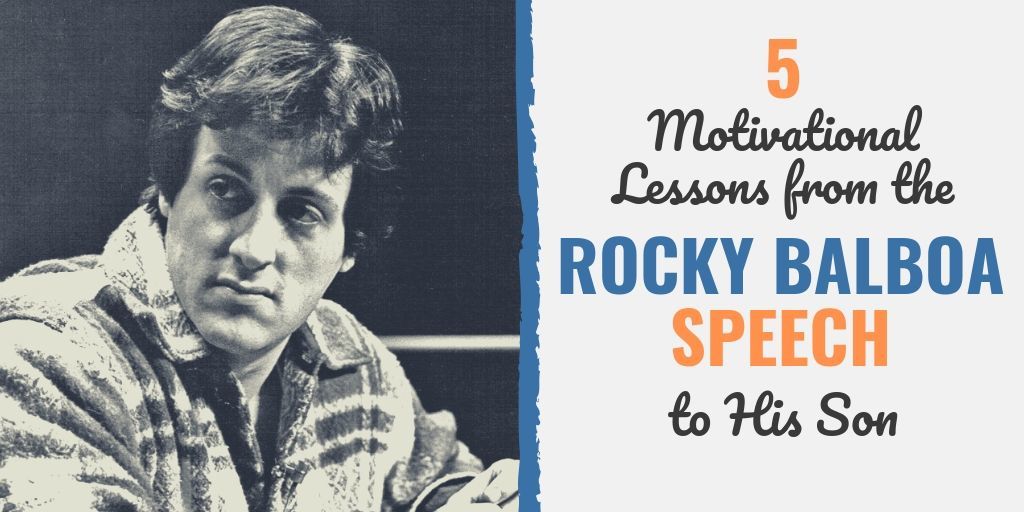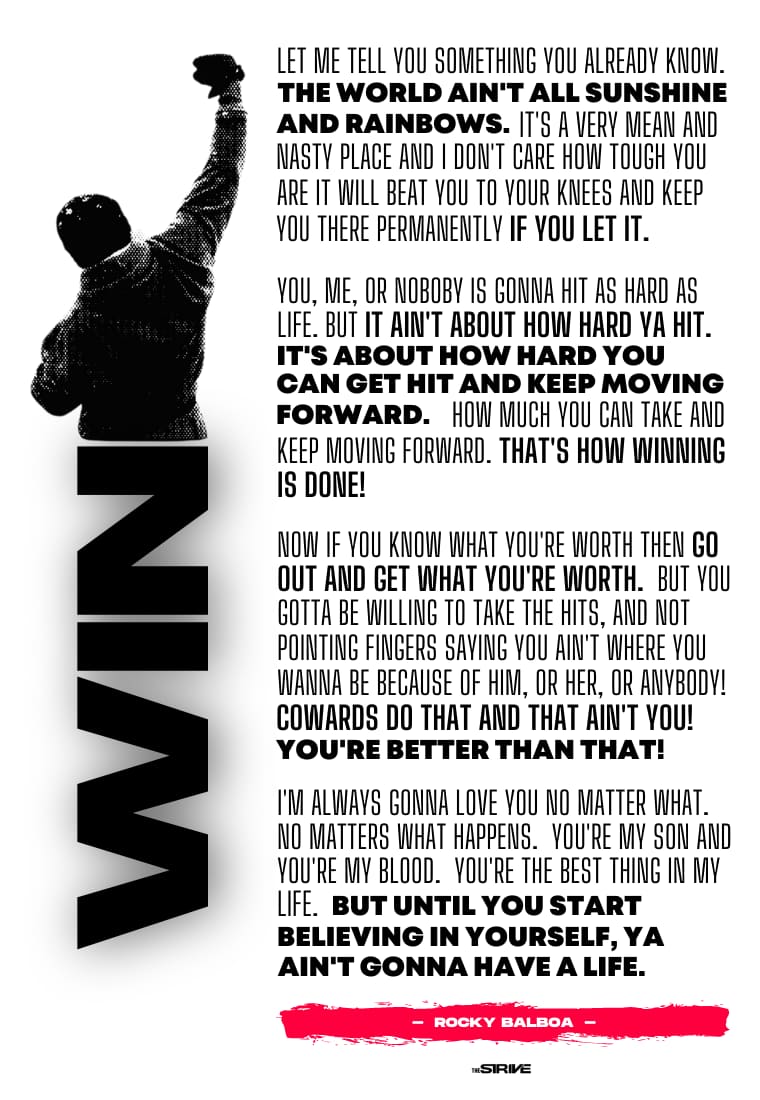

By doing this you achieve multiple successes in your pursuit of the main goal. Use “chunking”Ĭhunking is the technique of breaking down a goal into smaller short-term targets. That makes these goals extremely sustainable long-term because they directly affect our quality of life and the things we care about. The drive behind your actions is coming from within.įor most intrinsic goals we pursue them because they will enrich our lives or bring us closer to fulfillment. There are no external factors like a reward or the risk of being fired. Pursue intrinsically motivated goalsīeing intrinsically motivated to achieve a goal is when you want to achieve it for what it is. Adjusting your workload and goals over time to stay within your Goldilocks zone keeps you engaged and motivated long-term. That way you have a chance to win, but you have to focus and try for it. You want to face someone with equal skill as you.

The Goldilocks zone is in the middle of that spectrum. On this level of difficulty, you’ll quickly become demotivated because the match is too challenging. Now let’s say you’re playing a serious tennis match against Serena Williams. On this level of difficulty, you’ll quickly become bored and not want to play. In this zone, we reach peak motivation and focus.įor example, let’s say you’re playing a serious tennis match against a 4-year-old. The goldilocks zone is when a task is the perfect level of difficulty-not too hard and not too easy. These are 5 techniques that will help you do just that: 1. That’s why it’s important to build a foundation that will set you up for consistency. We want to be so attracted and drawn to the idea that we can’t resist not taking action. When we say we want to feel motivated to do something, we don’t want to be pushed or guilted into doing a task.
ROCKY BALBOA SPEECH TO SON TRANSCRIPT HOW TO
Well, neither does bathing – that’s why we recommend it daily.” – Zig Ziglar How to Stay Motivated Long Term “People often say that motivation doesn’t last. This makes it easier to start something because you’re pressured to not let others down. Keep yourself accountable by telling friends and family your goals, or even sharing them on social media. Extrinsic motivation doesn’t work effectively long-term, but it can work well in the short term to get you started on something. Negative motivation consists of deterrents like being fired, having a fight, or being fined. Positive motivation consists of incentives like money, prizes, and grades. This type of motivation is from external factors. Starting is easy when you know exactly how much closer your current actions will bring you to achieving your goal. That’s why you need to make your success measurable in some way. It’s easy to feel uninspired when you don’t know if you’re making progress or what you’re even working towards. You’ll end up hoping motivation falls in your lap or hoping that you’ll muster enough willpower to get it done.Īn article in the Guardian said, “If you waste resources trying to decide when or where to work, you’ll impede your capacity to do the work.” 2. When things aren’t scheduled it’s easier for them to fall by the wayside. One reason people can’t get started on things is that they haven’t planned when to do it. Since motivation naturally occurs after we start, we need to focus on making starting easier. This means most of the resistance when working on your goals comes right before we start. Like Isaac Newton’s first law: objects in motion stay in motion. Once we start a task, it’s easier to continue making progress. In reality, motivation is often the result of action, not the cause of it. They think that motivation is what gets us to take action.

James Clear, the author of Atomic Habits, says that most people misunderstand motivation. However you choose to think about it, we all want to harness motivation to achieve our goals.

Like choosing to feel awkward while making sales calls over feeling disappointed about a diminishing bank account. He sees motivation as crossing the threshold where it’s easier to take action than it is to be idle. He says we hit a point where the pain of not doing something becomes greater than the pain of doing it. Our actions are driven by the desire for that reward (the good feeling).Īuthor Steven Pressfield describes motivation more practically. When we do something that feels good, that’s dopamine kicking in. Scientifically, motivation has its roots in the dopamine pathways of our brains. The Oxford dictionary defines motivation as the desire or willingness to do something – our drive to take action. So having the motivation to spend it on achieving goals is crucial to creating a life we want. How we choose to spend it, shapes our life accordingly.


 0 kommentar(er)
0 kommentar(er)
